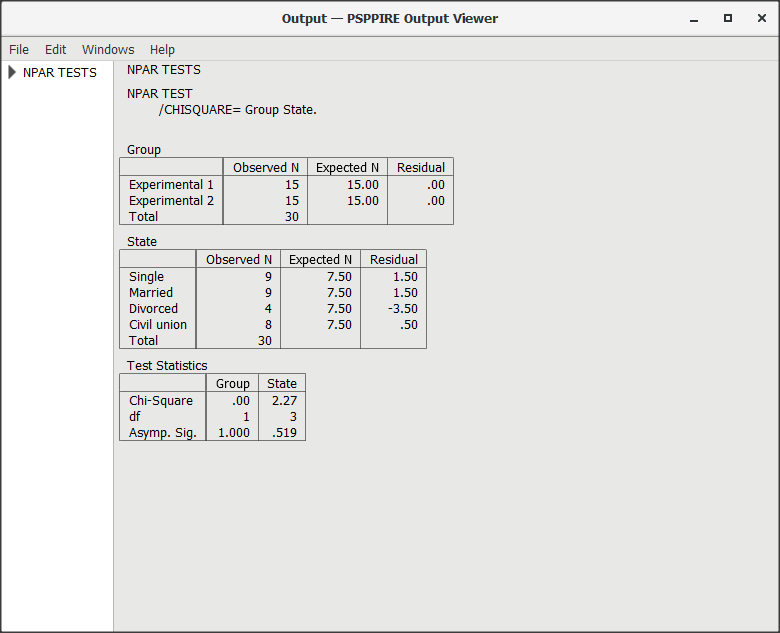

If you can't find the architecture of your MSWindows, 32 bit will always work. (has the word "32bit or 64bit" in the filename) With that information select the appropriate installer there, you will find a section called "system type" where MSWindows review the architecture of your MSWindows version:Ĭontrol Panel | System and Security | System If you forgot to remove the directory before installing: Most likely this is on c:\program files\pspp. If necessary by deleting the PSPP directory. uninstall/remove your existing PSPP installation BEFORE installing this version, If you currently use a PSPP version dated before, remove your existing PSPP installation before installing this new version. However these updates are not thorougly tested. The CVE Binary Tool is a free, open source tool to help you find known vulnerabilities in. In the ‘Output Labels’ tab, choose ‘Values and Labels’ in the second and fourth boxes.This is a new MSWindows build of the PSPP master branch as of the date this binary was built and includes all fixes and updates till today.

Like Variable Labels, you can get Value Labels on output, along with the actual values. If you’d rather see Male and Female in the data set than 0 and 1, go to View–>Value Labels.Ģ.

But by having Value Labels, your data and output still give you the meaningful values.ġ. And it makes data entry much more efficient–you can type in 1 and 0 for Male and Female much faster than you can type out those whole words, or even M and F. Labeling values right in SPSS means you don’t have to remember if 1=Strongly Agree and 5=Strongly Disagree or vice-versa. Value Labels are similar, but Value Labels are descriptions of the values a variable can take. In the Output tab, choose ‘Names and Labels’ in the first and third boxes. On the output, SPSS allows you to print out Variable Names or Variable Labels or both. In the General tab, choose Display Labels.ģ. In dialog boxes, lists of variables can be shown with either Variable Names or Variable Labels. Mouse over the variable name in the Data View spreadsheet to see the Variable Label.Ģ. The really nice part is SPSS makes Variable Labels easy to use:ġ. It’s just more efficient–you don’t have to look up what those variable names mean when you read your output. When a committee member or reviewer wants you to redo an analysis, it will save tons of time to have those variable labels right there.Ĥ. As entrenched as you are with your data right now, you will forget what those variable names refer to within months. Anyone else who uses your data–lab assistants, graduate students, statisticians–will immediately know what each variable means.ģ. The current version of PSPP, 0.7.3, is woefully incomplete in terms of its statistical procedure support. PSPP produces tables and charts as output, which it can produce in several formats currently, ASCII, PostScript, PDF, HTML, and SVG are supported.
PSPP WINDOW BINARY CODE
If your paper code sheet ever gets lost, you still have the variable names.Ģ. The details of PSPP’s language are given later in this manual. I know you want to get right to your data analysis, but using Variable Labels will save so much time later.ġ. There are good reasons for using Variable Labels right in the data set. On questionnaires, I often use the actual question. You then use Variable Labels to give a nice, long description of each variable. SPSS doesn’t limit variable names to 8 characters like it used to, but you still can’t use spaces, and it will make coding easier if you keep the variable names short.

Using these every time is good data analysis practice. SPSS Variable Labels and Value Labels are two of the great features of its ability to create a code book right in the data set.


 0 kommentar(er)
0 kommentar(er)
